
Culture
21:13, 29-Jun-2018
Li Dazhao: A pioneer in promoting the sinicization of Marxism
Updated
20:57, 02-Jul-2018
By Zheng Songwu, Zhao Yuxiang
02:01
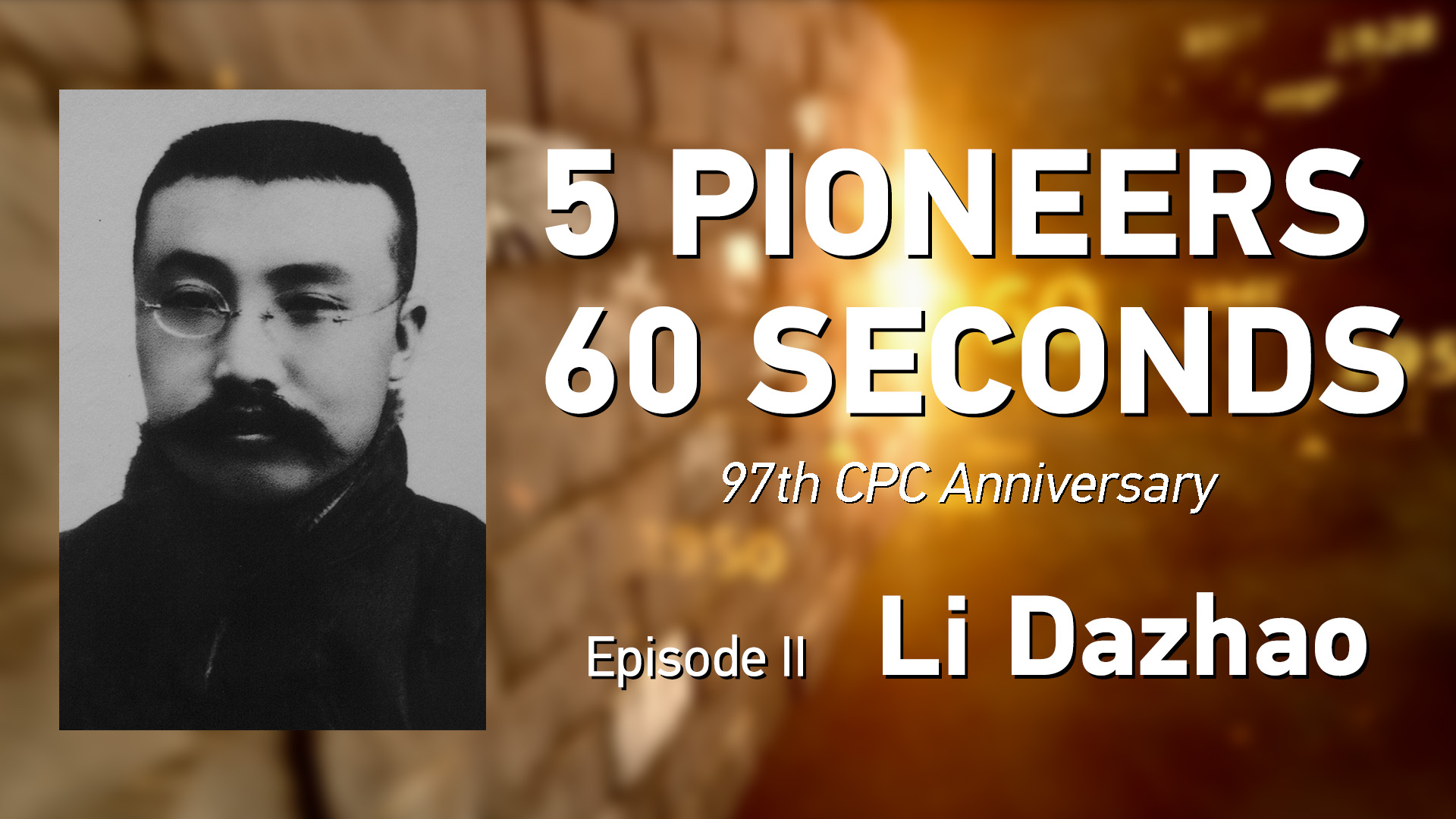
Editor's note: This series introduces the five historical icons of the Communist Party of China (CPC): Chen Duxiu, Li Dazhao, Li Da, Chen Wangdao and Mao Zedong.
'He is my real teacher'
In 1918, Mao Zedong arrived in Beijing, where he served as a librarian at Peking University. There, he saw Li Dazhao, curator of the library, whom he had long admired.
With a round face and black mustache, Li was wearing an old-style gown and thick round eyeglasses. Mao was somewhat baffled, but Li smiled at him and nodded.
Li was born in 1889, a time when China's Qing Dynasty (1644 –1912) owed huge amounts of illegally imposed war indemnity and signed unequal treaties.
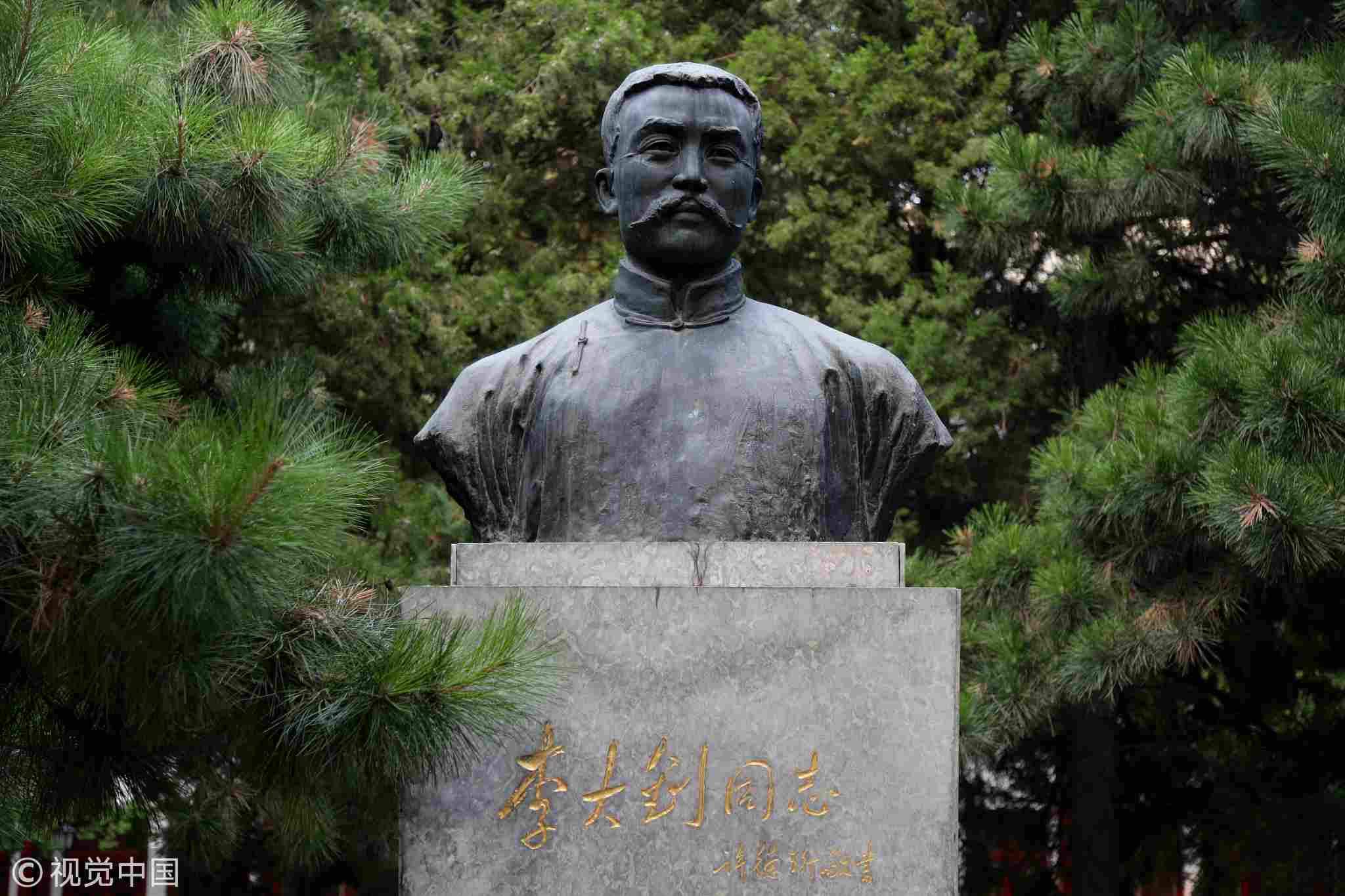
Statue of Li Dazhao in Peking University. /VCG Photo
Statue of Li Dazhao in Peking University. /VCG Photo
No one knew how to pull China out of such a predicament, except some elite Chinese intellectuals, including Li Dazhao.
When talking with the American journalist Edgar Snow decades later, Mao Zedong said affectionately that Li Dazhao was his "real teacher."
"When I worked as a librarian at Peking University, Li Dazhao led me to the right track in Marxism," recalled Mao.
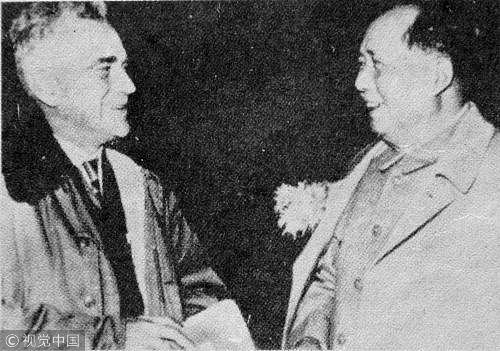
Mao Zedong and Edgar Snow. /VCG Photo
Mao Zedong and Edgar Snow. /VCG Photo
'The humanitarian bell has rung'
In 1913, Li Dazhao visited Japan in the hope of seeking a way to serve China since he believed China could learn something from the Japanese Meiji restoration, as the Japanese government carried out modern political reform and established a constitutional monarchy.
In 1915, he drafted an open telegram titled "Message to Fellow Countrymen" to protest against Japan's bully "Twenty One Demands" to conquer China.
In July 1918, Li's article, "A comparative view of the Franco-Russian revolution" was published in the journal of "Yan Zhi," in which he explicitly said that the Chinese revolution must follow the path of the October Revolution in Russia that overthrew the rule of the landlord bourgeoisie with violence and established the world's first socialist country, the Soviet Union.
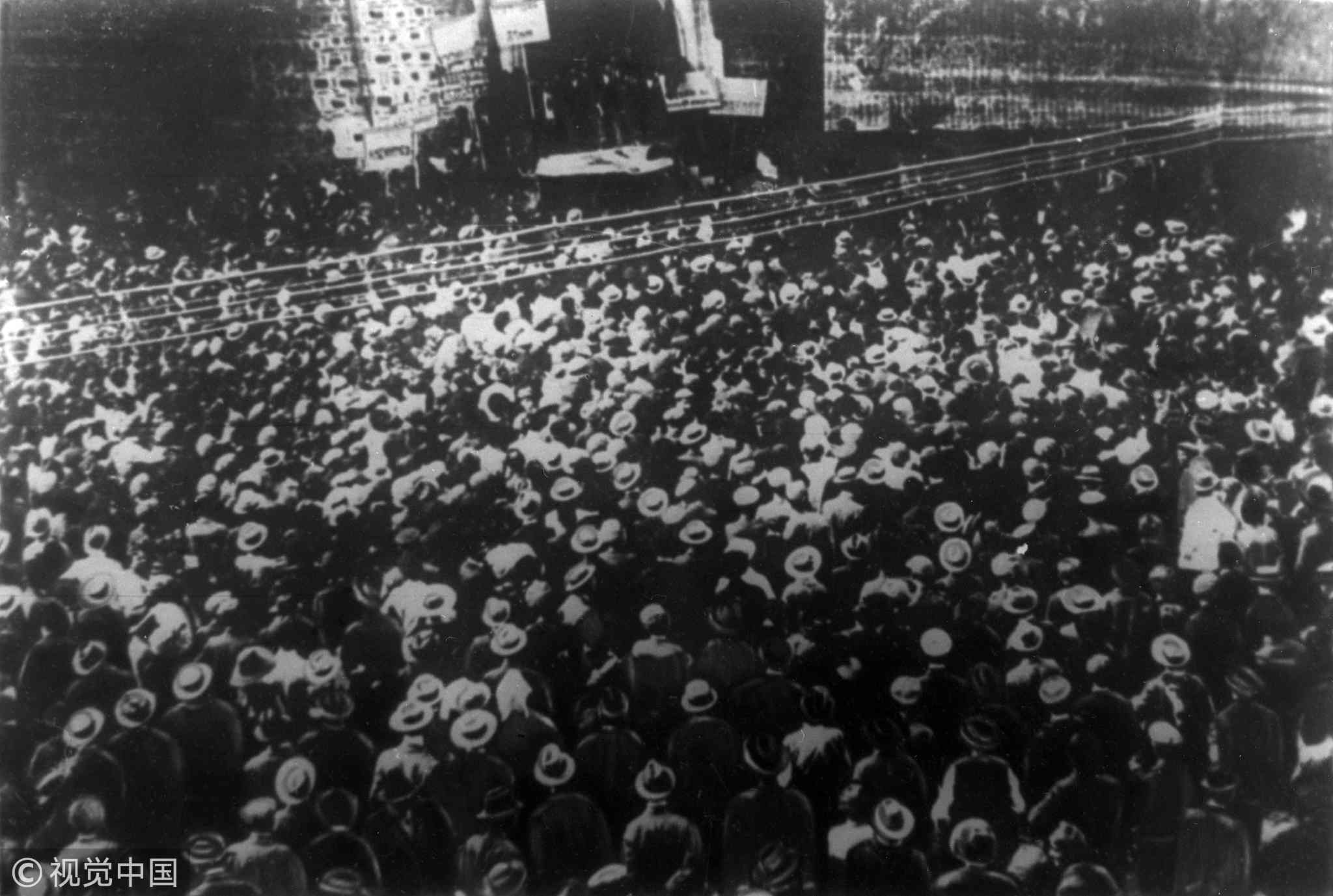
Workers rally in support of Soviet Russia during October Revolution. /VCG Photo
Workers rally in support of Soviet Russia during October Revolution. /VCG Photo
The revolution made the Chinese intellectuals notice the great power of the working class in a revolution.
In 1919, Li published what are believed to be his two most important articles. He introduced Marxism more systematically and comprehensively in his "My View of Marxism" published in "New Youth," and "Bolshevist Victory", which praised the Russian revolution with the declaration that: "The humanitarian bell has rung! The dawn of freedom has appeared!"
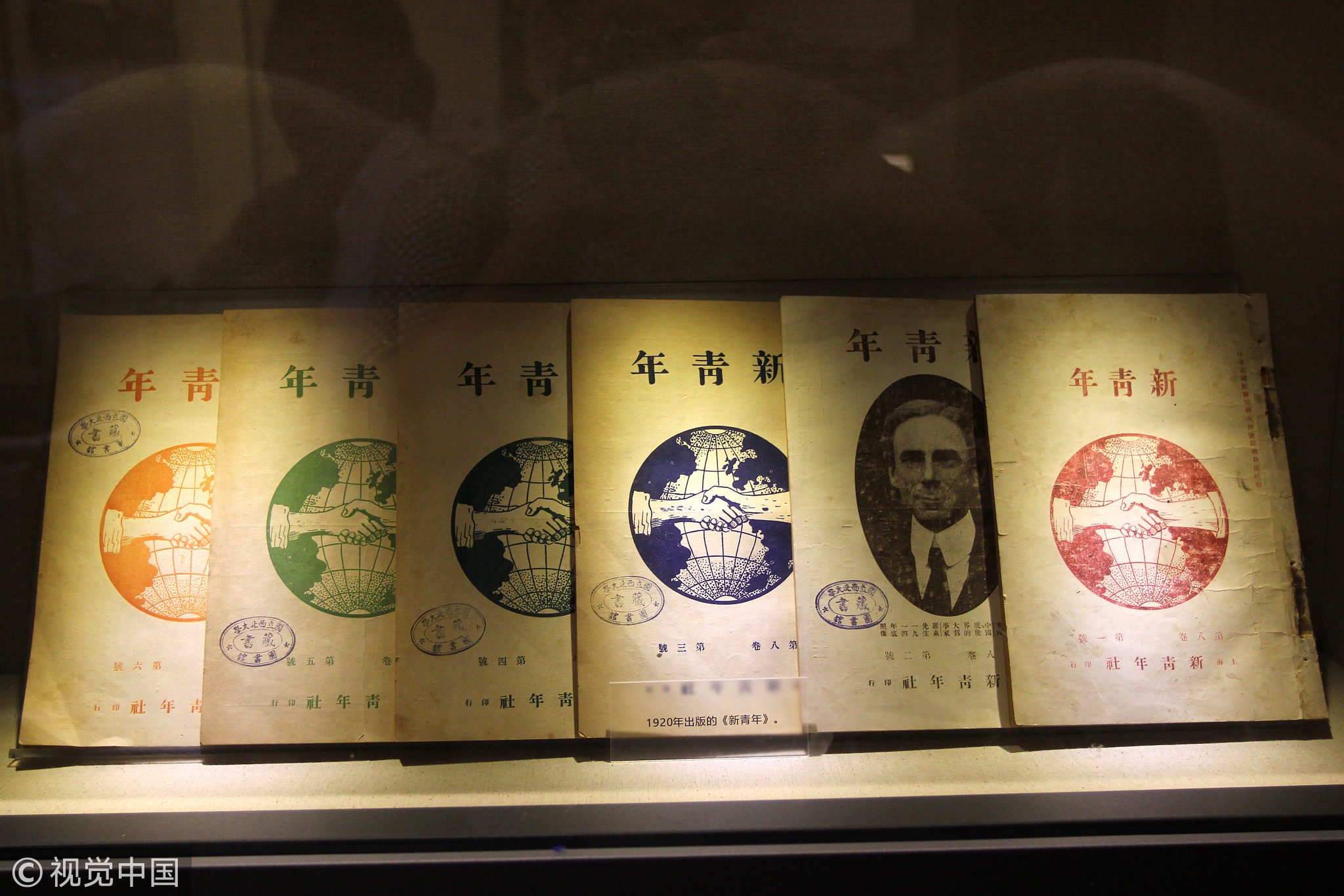
“New Youth” Magazine, established by Chen Duxiu in Shanghai in 1915. /VCG Photo
“New Youth” Magazine, established by Chen Duxiu in Shanghai in 1915. /VCG Photo
'When seeds are planted, they will be harvested in the future'
In 1920, while on a train ride from Beijing to Tianjin with Chen Duxiu, another intellectual who had just been released from prison after being accused of drafting the "Beijing Citizens Declaration" with Li.
Both Li and Chen realized that it was impossible to carry out such a major revolutionary movement in China without a core leadership.
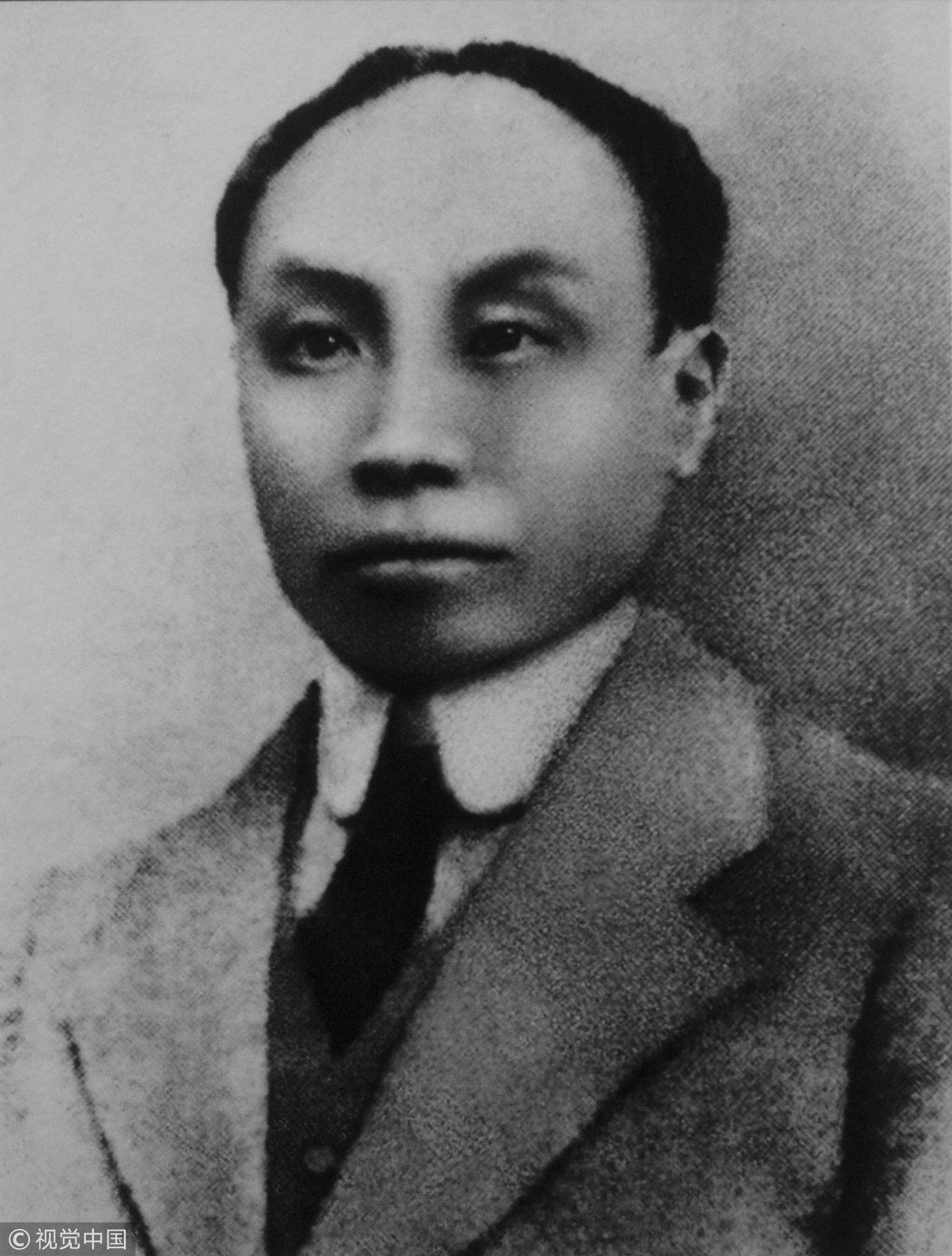
Chen Duxiu /VCG Photo
Chen Duxiu /VCG Photo
Therefore, Li Dazhao told Chen, "I will start to prepare for the Party building in Beijing, and you prepare for the Party building in Shanghai."
After that, the Beijing Communist Party group was established in the office of Li Dazhao inside a red building on the premises of Peking University's campus.
Bidding farewell to a Communist International representative from the Soviet Union, he said: "We are the seeds of revolution and when seeds are planted, there will be a harvest in the future."
Maring, from the Netherlands, the representative of Communist International, suggested to Li that they should in no time hold a conference to announce to the public the founding of the Communist Party of China (CPC).
The first national congress was held in July 1921, and the CPC was founded, the meeting announced.

SITEMAP
Copyright © 2018 CGTN. Beijing ICP prepared NO.16065310-3
Copyright © 2018 CGTN. Beijing ICP prepared NO.16065310-3